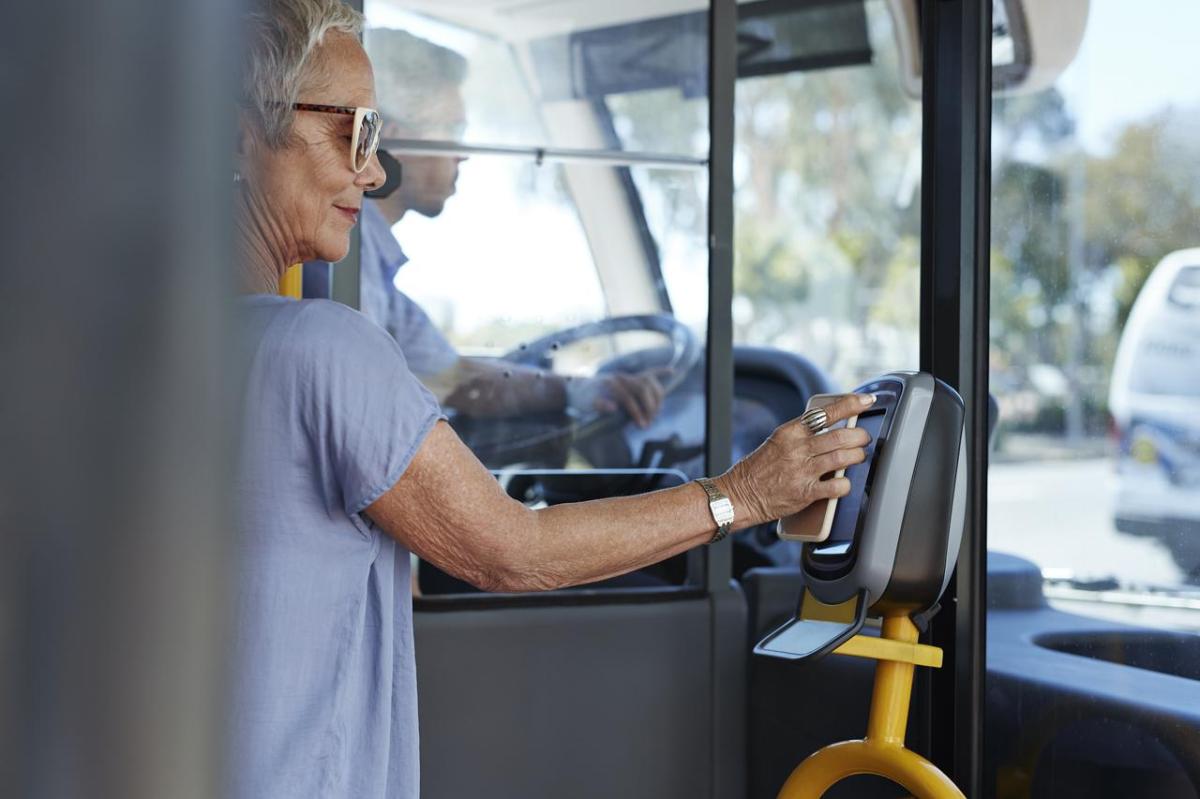In the digital age, companies and organisations that fail to adapt to technological advances may fall behind or even disappear over time. For this reason, the new technologies also have an important role to play in public transport. Technological innovation makes transport companies more competitive by optimising processes, protecting assets and enhancing resource efficiency.
Applying the new technologies to public transport management focuses on data collection and analysis, electrical and autonomous systems, robotisation, process automation and partnerships between companies in the sector to achieve user satisfaction while reducing costs.
According to a study carried out by the World Bank, the principles driving innovation in public transport include:
- Hyper-connection to the internet anywhere and via any device
- Automation and the development of the collaborative economy.
- Artificial Intelligence and machine learning, which allow the use of data collection and analysis tools for analytical and predictive purposes.
- Demands for more effective use of resources such as fuel.
- The growth of the middle classes with greater potential for consumption and movement.
The main problems facing transport companies
To understand all the benefits of technology in the public transport sector, it’s vital to be aware of the main problems it faces on a daily basis. One of the most important ones is the cost of fuel. Inefficient fuel use and journey time overruns often lead to poor route planning.
Accidents due to a lack of fleet control are a recurrent problem that can lead to company bankruptcies in some cases. And vehicle deterioration can cause very serious mechanical failures, poor performance and even accidents during journeys.
How to boost innovation in public transport
The incorporation of technological innovations and acknowledgement of the need for them in the public transport sector require the adoption of a detailed strategy. To achieve this change, the managers of these services will have to analyse their efficiency and productivity data, determine the areas innovation can be incorporated into and compare the goals with the competition.
Companies should seek to achieve specific, realistic and measurable objectives in order to secure alignment between their efforts and results.
Adopting the appropriate technology suited to the needs of the transport while bearing the users’ concerns in mind. For this purpose, it’s important to motivate the staff, making them the driving force of the change. Resistance to the technological evolution will thus be prevented.
It’s also positive to encourage collaboration with other companies in the sector so as to optimise talent and the use of resources, without neglecting to design a continuous improvement plan to incentivise customer service.
Four new technologies to transform public transport
The best way of meeting the challenges posed by the implementation of the new technologies to transform public transport is to promote the sector’s digitisation.
In addition to the benefits in terms of fleet control and resource management efficiency, there are certain tools that make a difference when it comes to mobility.
1.- Telemetry: this wireless technology is capable of remotely measuring physical and chemical magnitudes captured by sensors and sending the information that’s detected to the operating system. Public transport companies can monitor and control all their assets and fleets with the data they obtain. Telemetry provides the following information:
- It controls fuel use and prevents vehicle theft.
- It detects mechanism malfunctions and prevents accidents.
- It monitors routes and generates time efficiency.
- It supervises poor driving practices.
- It controls indicators such as temperature and weight.
2.- Driving assistance is an aid that improves safety and resource efficiency. This tool monitors the vehicle’s real-time status and location, connecting the route to the control centre to continuously supervise the information by means of the deployment of the 5G mobile network. Therefore, this system can:
- Monitor the speed and manoeuvres executed by the driver.
- Detect under-performance in fuel use.
- Establish driver rankings.
- Monitor the journey to control compliance with the routes and driving rules set by the traffic and the company.
3.- The route optimiser is a software item that analyses and identifies the most suitable routes for each vehicle. To achieve the above it uses tools such as GPS and different mobile apps while taking into account the characteristics of the route, the vehicle’s information and, if necessary, the number of passengers on board. The route, the travel times and the resources required are comprehensively planned with these data. The route optimiser can:
- Prevent accidents due to dangerous and inappropriate routes.
- Plan routes in advance and estimate times.
- Plan the use of resources.
- Mobile Digital Video Recording (MDVR) systems
4.- An MDVR system is a set of video cameras strategically installed inside the vehicle to collect real-time information and send it to the connected control centre. The benefits of installing this service include:
- Detecting and preventing bad driving practices.
- Preventing theft among passengers.
- Providing greater safety for drivers and passengers.
- Responding quickly to emergencies.











